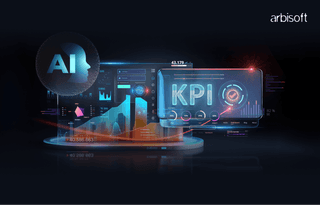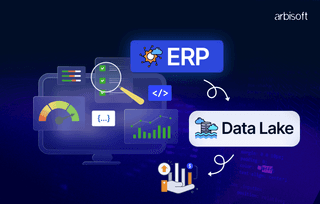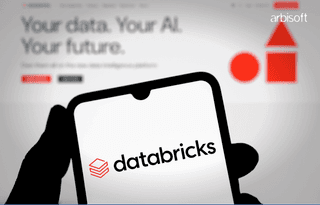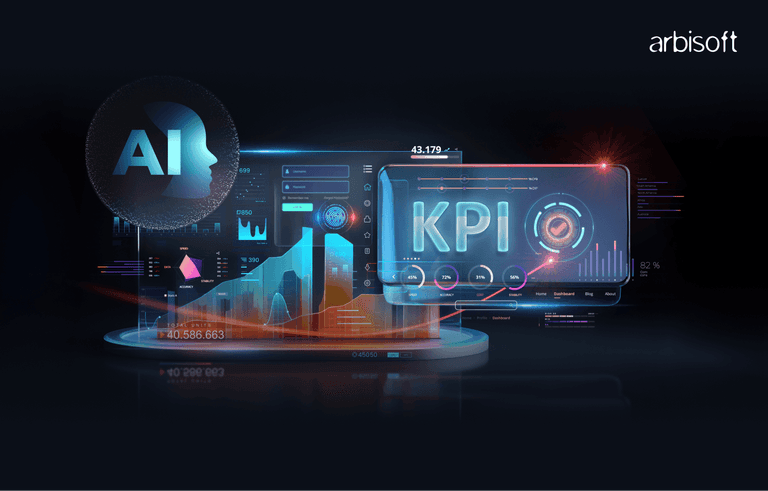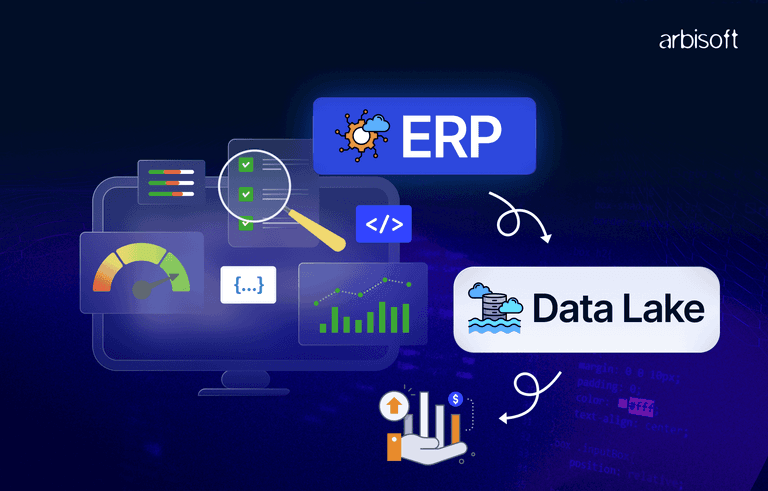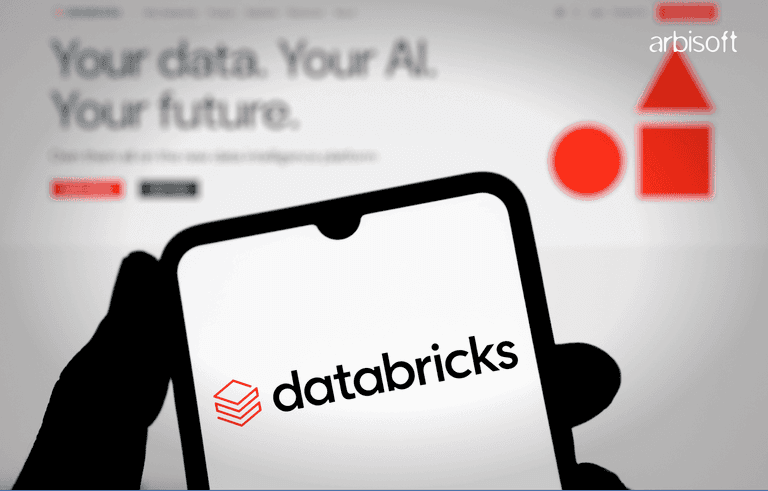We put excellence, value and quality above all - and it shows




A Technology Partnership That Goes Beyond Code

“Arbisoft has been my most trusted technology partner for now over 15 years. Arbisoft has very unique methods of recruiting and training, and the results demonstrate that. They have great teams, great positive attitudes and great communication.”
How to Ensure Proper Knowledge Transfer and Documentation with Outsourced ML Teams

When you outsource machine learning development, there’s one thing you can’t afford to mess up: knowledge transfer. If critical know-how isn’t captured and shared, your models, timelines, and budgets all take the hit.
I’ve seen it unfold too many times. Everything runs smoothly until it doesn’t. Your outsourced ML team, whether a freelancer or a full-fledged machine learning development company, might ship solid work, but when someone leaves, you’re left holding a black box. No one knows how things were built, why decisions were made, or what’s missing.
Getting knowledge to stick—and stay stuck—isn’t about dumping documents in a folder and calling it a day. You need a real plan. A system. A way to make sure critical know-how doesn’t vanish when someone logs off for the last time.
Let’s unpack how I handle knowledge transfer with outsourced ML teams before things slip through the cracks.
The Stakes: Why Knowledge Transfer Matters in ML Outsourcing
Before we talk tactics, let’s talk about why this matters. Spoiler: it’s not just about saving time. It’s about saving your sanity.
High Turnover and IP Leakage Risks
Let’s be real. Outsourced teams move quickly. People change jobs faster than you can say "standup." If your team isn’t ready for that churn, you’ll end up with gaps no patch can fix.
Worse, your IP is on the line. Sensitive code, models, data pipelines, all of it can walk out the door unless you’ve locked things down. When you outsource machine learning services, protecting your knowledge isn’t optional. It’s everything.
Impact on Cycle Time and Quality
I’ve seen well-oiled ML workflows grind to a halt overnight. Why? The senior dev left, and no one knew where the preprocessing logic lived.
Cycle times balloon. Quality drops. Bugs sneak into production. You’re left explaining delays to stakeholders who don’t care that “Raj was the only one who knew how X worked.”
This is where solid knowledge transfer management saves you.
Compliance, Security, and Regulatory Alignment
Think this doesn’t apply to you? Think again. Whether it’s GDPR, HIPAA, SOC 2, or some alphabet soup regulation, someone’s going to ask how you manage ML knowledge. And if your answer is, “We think there’s a Google Doc somewhere,” you’ve got a problem.
Proper documentation isn’t just about being neat. It’s about showing you took precautions when it counted.
We’ve covered the stakes. Now let’s look at what tends to break.
The Pitfalls: Common Knowledge Transfer Challenges with Outsourced ML Teams
Here’s where most teams trip up, based on what I’ve seen again and again.
Fragmented Documentation and Onboarding Issues
Docs in ten places. Slack messages lost to time. A Notion page no one updates. Sound familiar?
This kills onboarding. New engineers end up chasing ghosts. No one knows the data lineage or model architecture. Weeks get wasted just getting up to speed.
Communication Gaps Across Remote Partnerships
Working across time zones is tough. But what really gets you is nuance. Words like “done” mean different things. Expectations slip. Context gets lost in translation.
This is especially true when hiring machine learning experts across borders. You need clear channels and shared definitions, or chaos creeps in.
Loss of Critical Domain Knowledge
There’s always that one engineer. The one who knows why you handle category "X" differently in your fraud model. And when they leave? That decision logic leaves with them.
You can document processes. But domain context? That has to be passed on intentionally. Or it disappears.
Enough with the problems. Let’s talk about solutions that actually work.
The Solution: Proven Frameworks for Effective Knowledge Transfer Management
How do you ensure knowledge transfer actually works, especially across time zones, tools, and teams? You build a system, not a scramble.
You can’t wing this. I don’t. I use structured knowledge transfer methodology because guesswork doesn’t cut it.
Establishing a Knowledge Management Platform
Start here. A central, living hub. Not someone's desktop folder.
I’ve used tools like Confluence, Bloomfire, Document360, and Guru. These aren’t just fancy filing cabinets. They’re searchable, organized, and team-friendly.
Key features I always include:
- AI-powered search and tagging
- Workflow automation for approvals
- Role-based access control
- Integration with Slack, GitHub, and JIRA
- Usage analytics (who read what, when)
You want to build a real knowledge management platform, not a dumping ground.
Knowledge Transfer Methodology and Best Practices
This is where the rubber meets the road. I start with a full knowledge audit.
What’s mission-critical? Who owns it? What’s undocumented? You’d be surprised how many "tribal knowledge" gaps pop up here.
Then, I break the process into parts:
- Pre-transfer checklist (tools, owners, assets)
- Clear documentation of goals by function
- Stakeholder maps (who hands off to whom)
- Interactive sessions: live demos, shadowing, Q&A
- Feedback loops with version reviews
I also automate wherever I can. But I never remove the human layer. Some insights only surface through conversation.
Criteria for Knowledge Transfer Success
What are the criteria for knowledge transfer success? Remember, it’s not just about gut checks. It’s about tracking real, measurable signals. Here’s how I measure knowledge transfer success:
- 90%+ documentation coverage across core systems
- Faster onboarding time for new engineers
- Reduction in "knowledge drain" incidents
- Completion of quizzes or walkthroughs
- Compliance audit logs and access reports
If onboarding time drops and bugs don’t spike, you’re on the right track.
We’ve got the framework. Now let’s get hands-on.
Step-By-Step: Knowledge Transfer Process Stages for Outsourced ML Teams
This isn’t theory. This is how I do it every time we outsource ML development work.
What Are the 4 Stages of Knowledge Transfer?
Let’s break it down:
1. Initiation:
I kick things off with a full team session. Everyone gets aligned on the what, who, and how. The goal? Zero ambiguity.
2. Knowledge Capture:
We gather everything from architecture diagrams to code annotations and corner-case bugs. We use screen recordings, markdown, diagrams, and in-line GitHub notes.
3. Knowledge Sharing:
This part’s interactive. I run live workshops, pairing sessions, and Q&As. We go deep into business logic and edge cases.
4. Validation and Review:
Here’s where we stress-test. I quiz teams. Simulate errors. Have engineers teach back what they learned. If it doesn’t land, we loop back.
Each stage feeds the next. And by the end, both sides feel confident in what’s been handed off.
Building Repeatable Documentation Frameworks
No one wants to re-invent the wheel. I build documentation like I build code: modular, tested, and versioned.
Here’s my approach:
- Break content into standalone modules by function
- Use templates with pre-filled metadata
- Time documentation reviews with your sprints
- Use short videos for complex systems
- Always tag owners and backups
- Link systems: docs + GitHub + Slack + JIRA
That way, if something breaks, people know exactly where to look and who to ping.
This setup supports both ML outsourcing teams and internal teams over the long haul.
Final Thoughts: Keep the Knowledge Flowing
There’s no perfect solution. Just better habits.
I treat knowledge like infrastructure. It needs maintenance. It needs owners. And it needs respect.
Whether you outsource machine learning development or scale internal teams, documentation is what separates stable products from fragile ones. If you're investing in machine learning consulting services or planning to hire machine learning experts, this discipline pays off tenfold.
Don’t wait until someone leaves to care. Build it right, right now. It’s your best insurance against chaos.
Bonus Tip: How to Manage an Outsourced Team?
You’re not just transferring knowledge. You’re managing trust, delivery, and collaboration.
Use tools like Loom and Notion for async communication. Have weekly checkpoints with knowledge-sharing built in. Set knowledge goals, not just delivery goals. That keeps the team aligned, even when miles apart.








